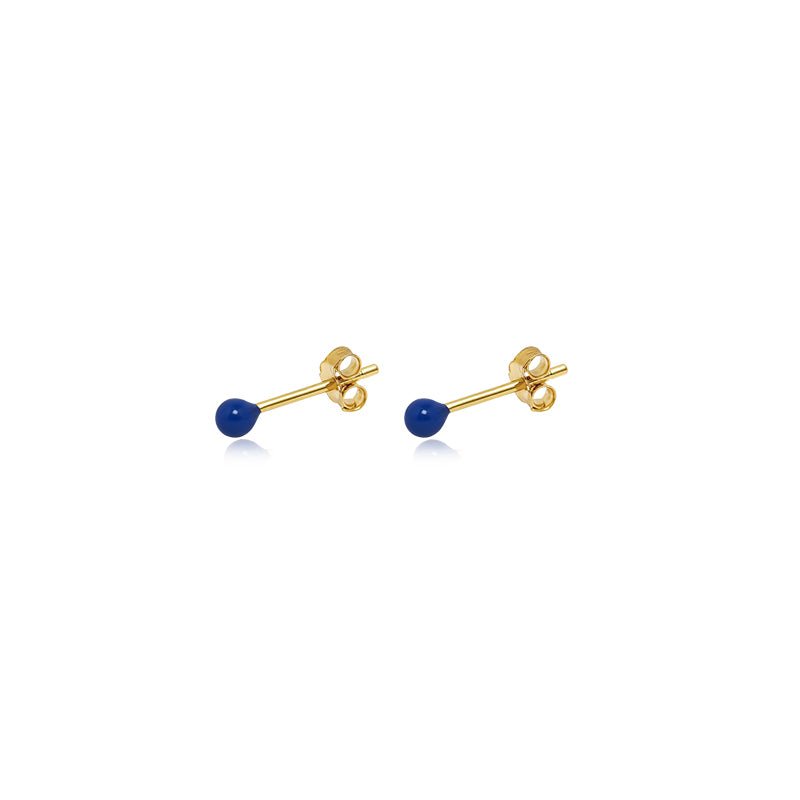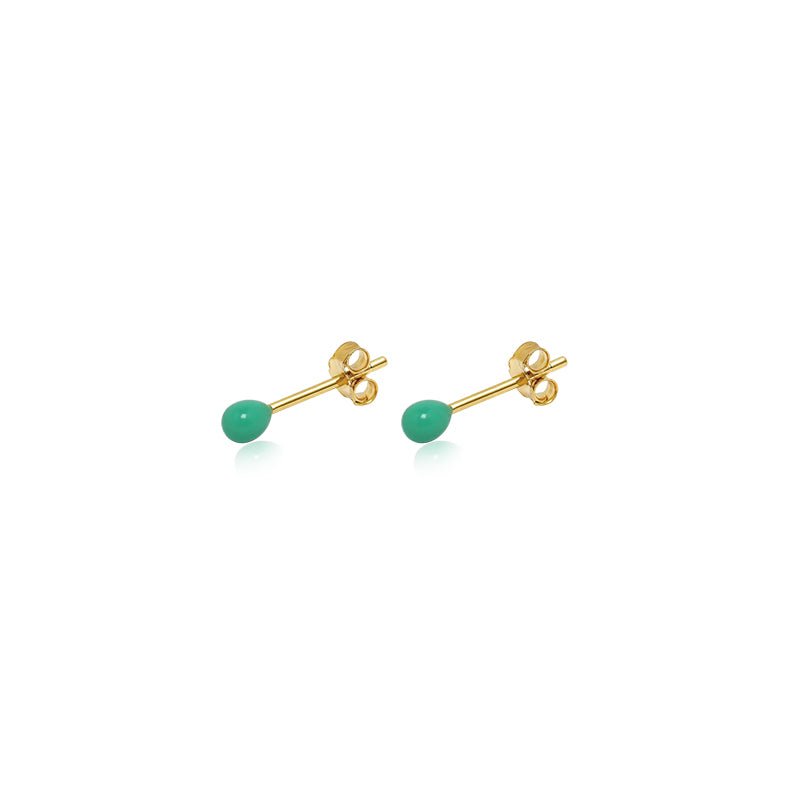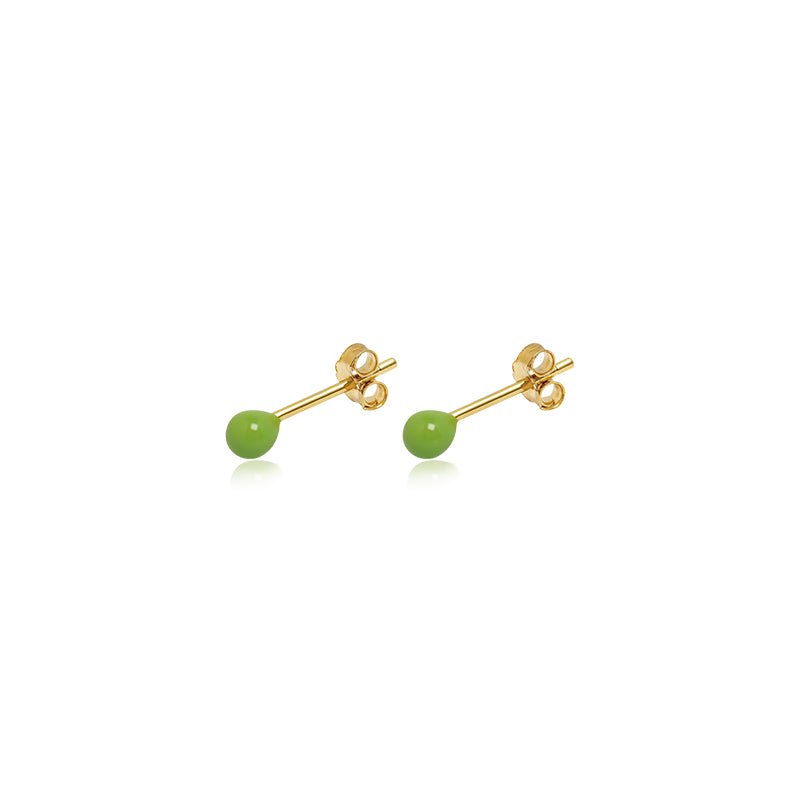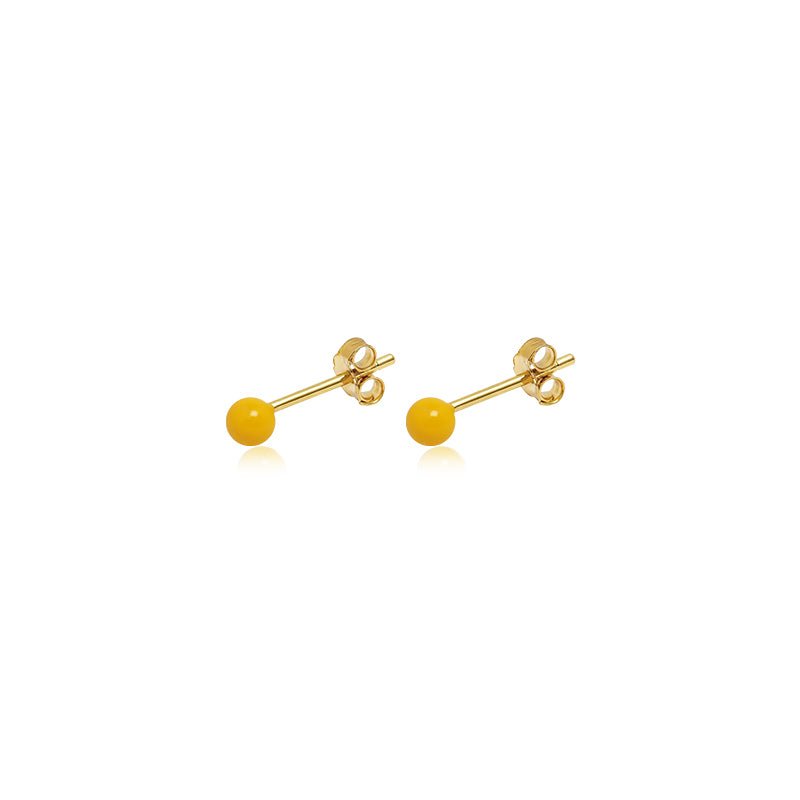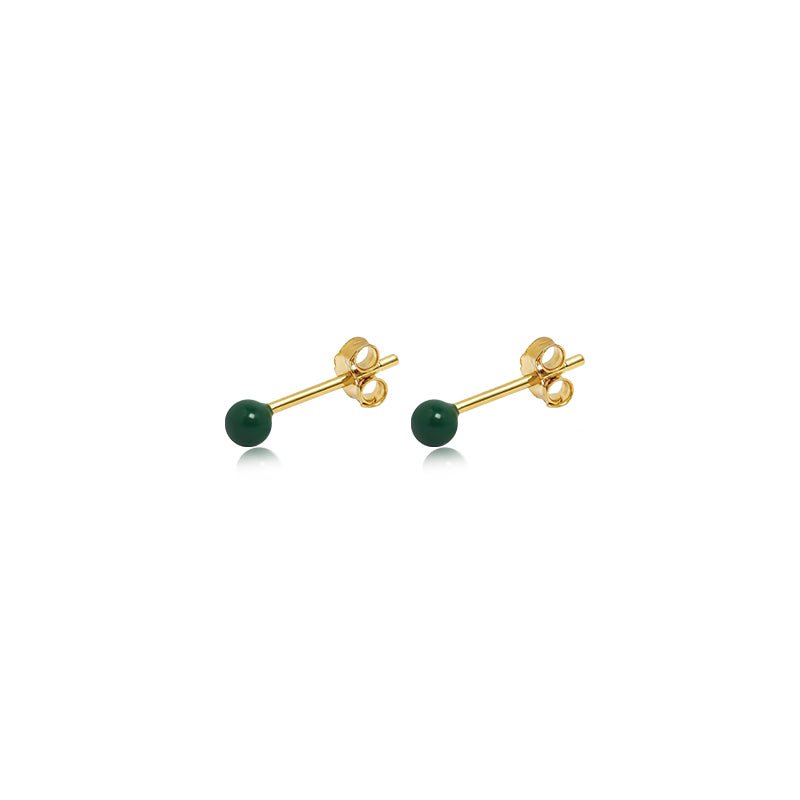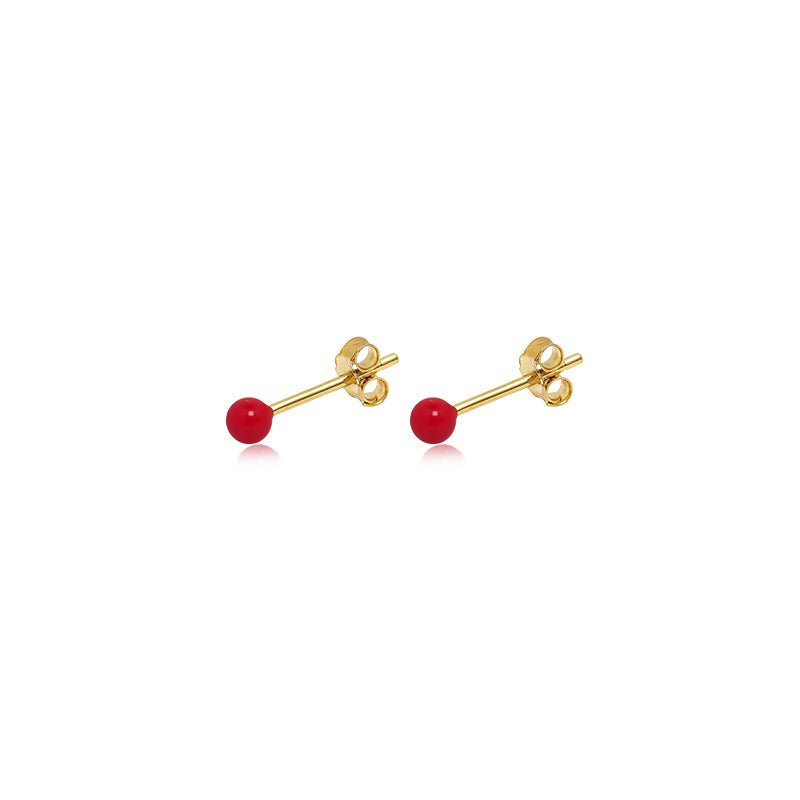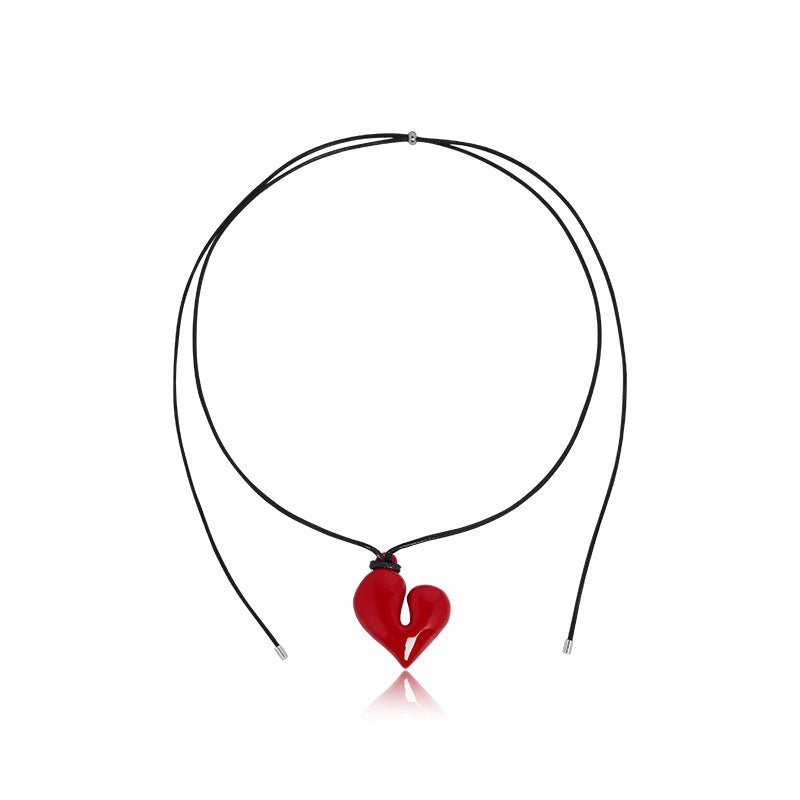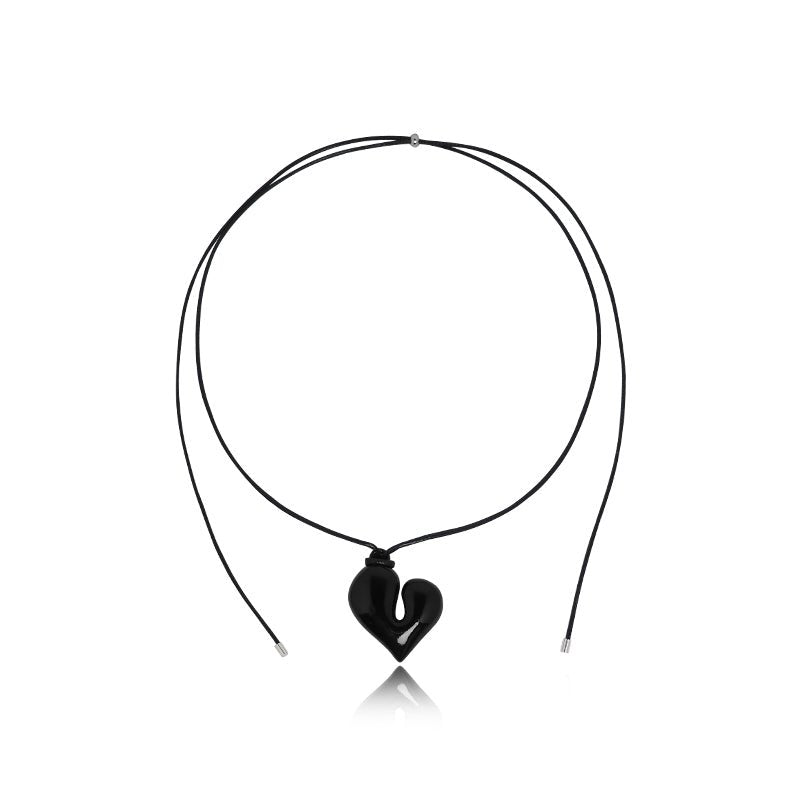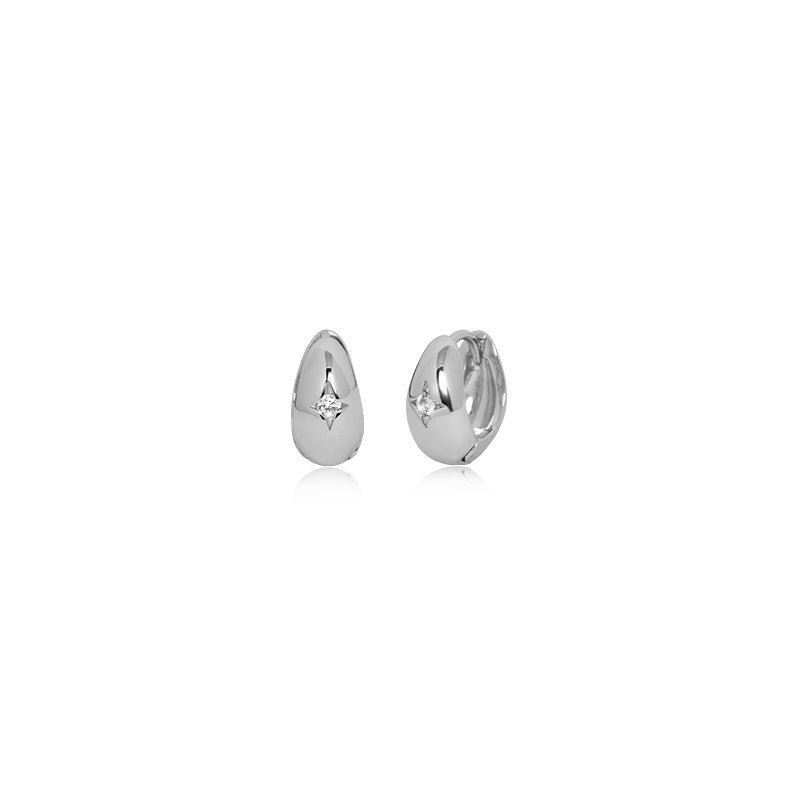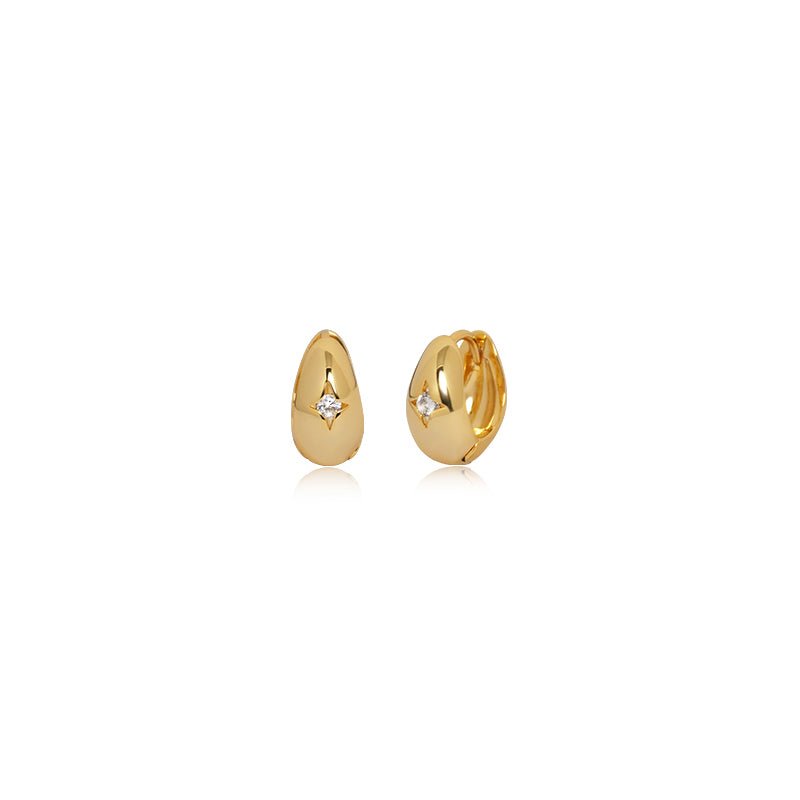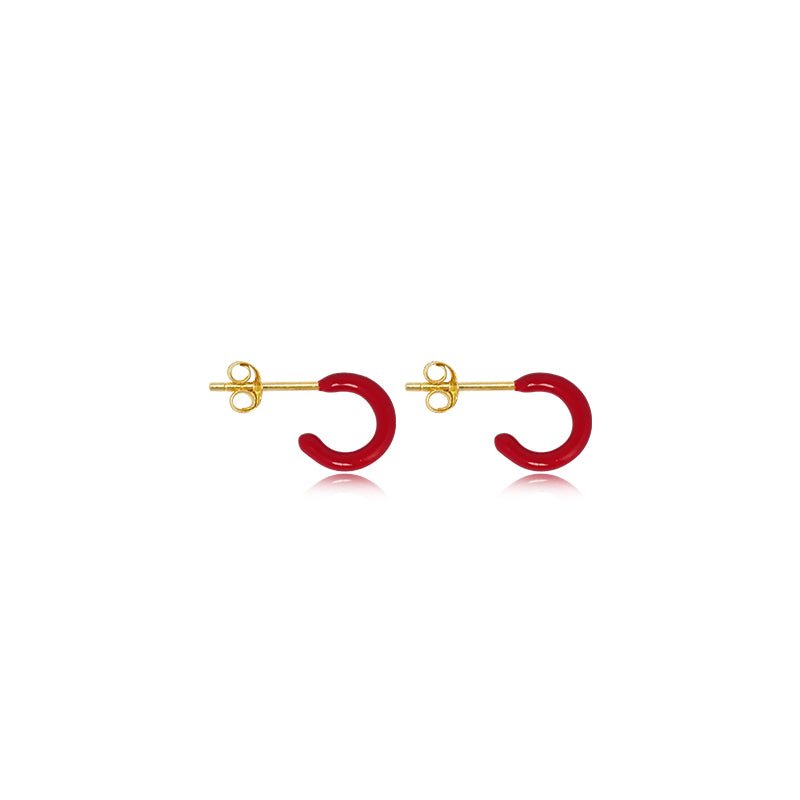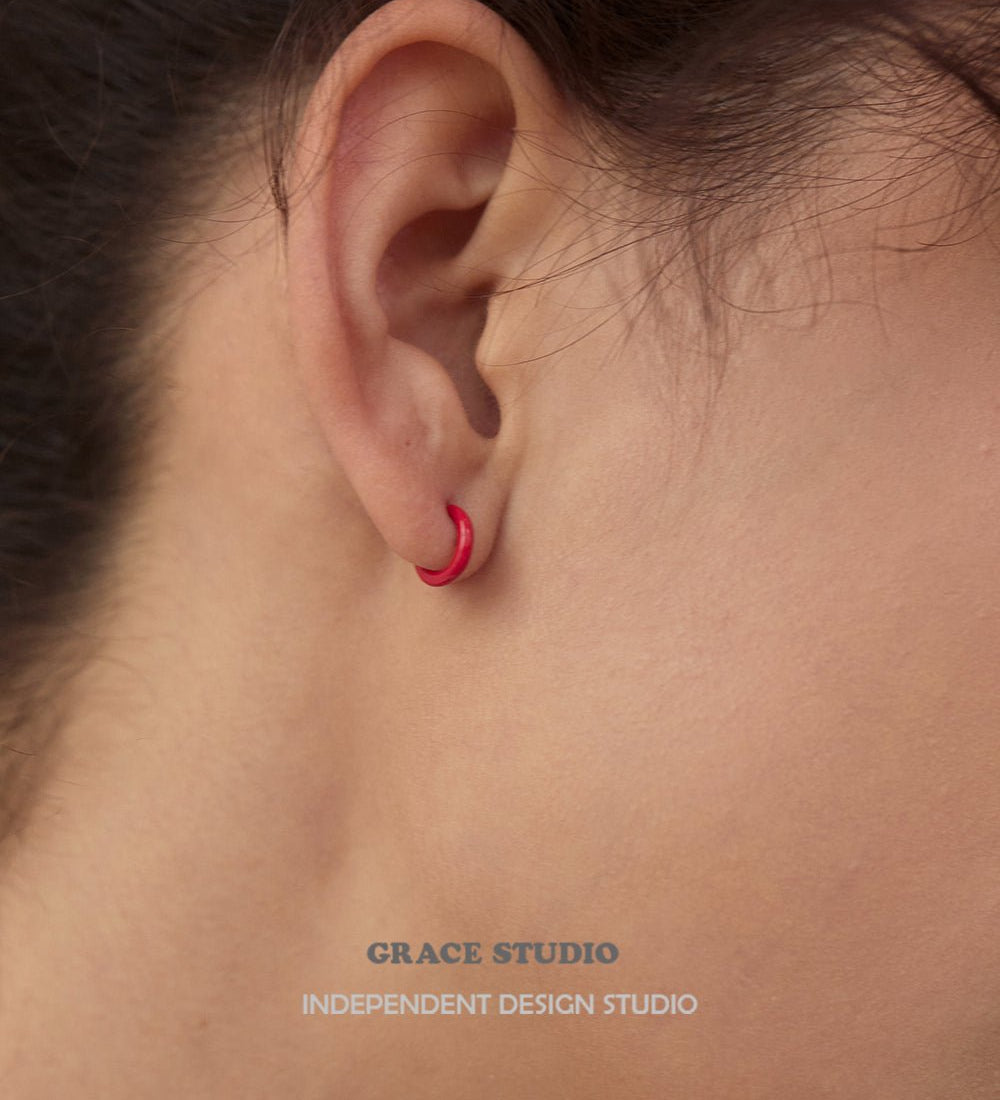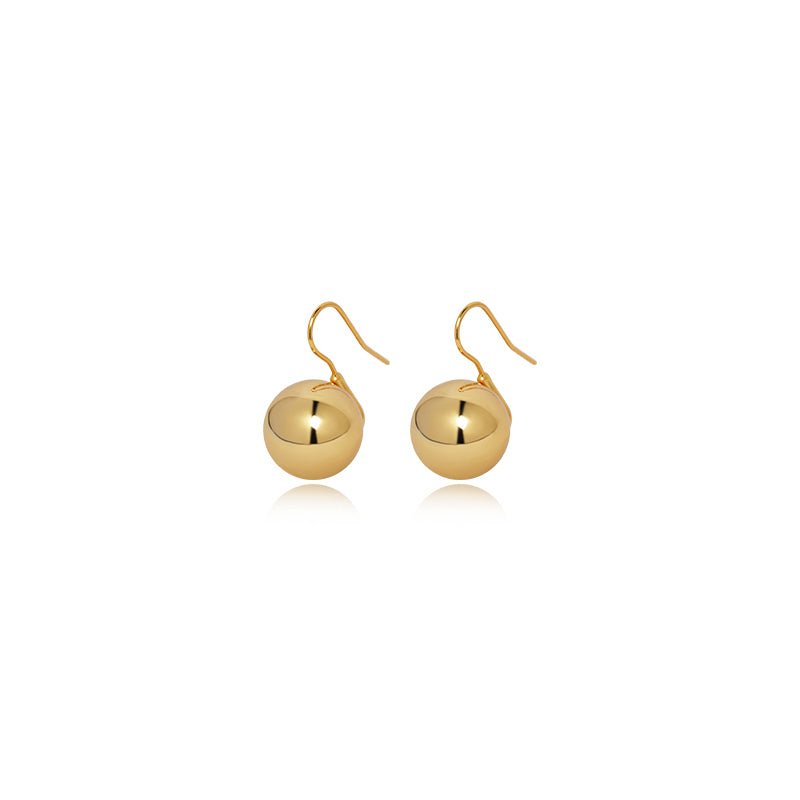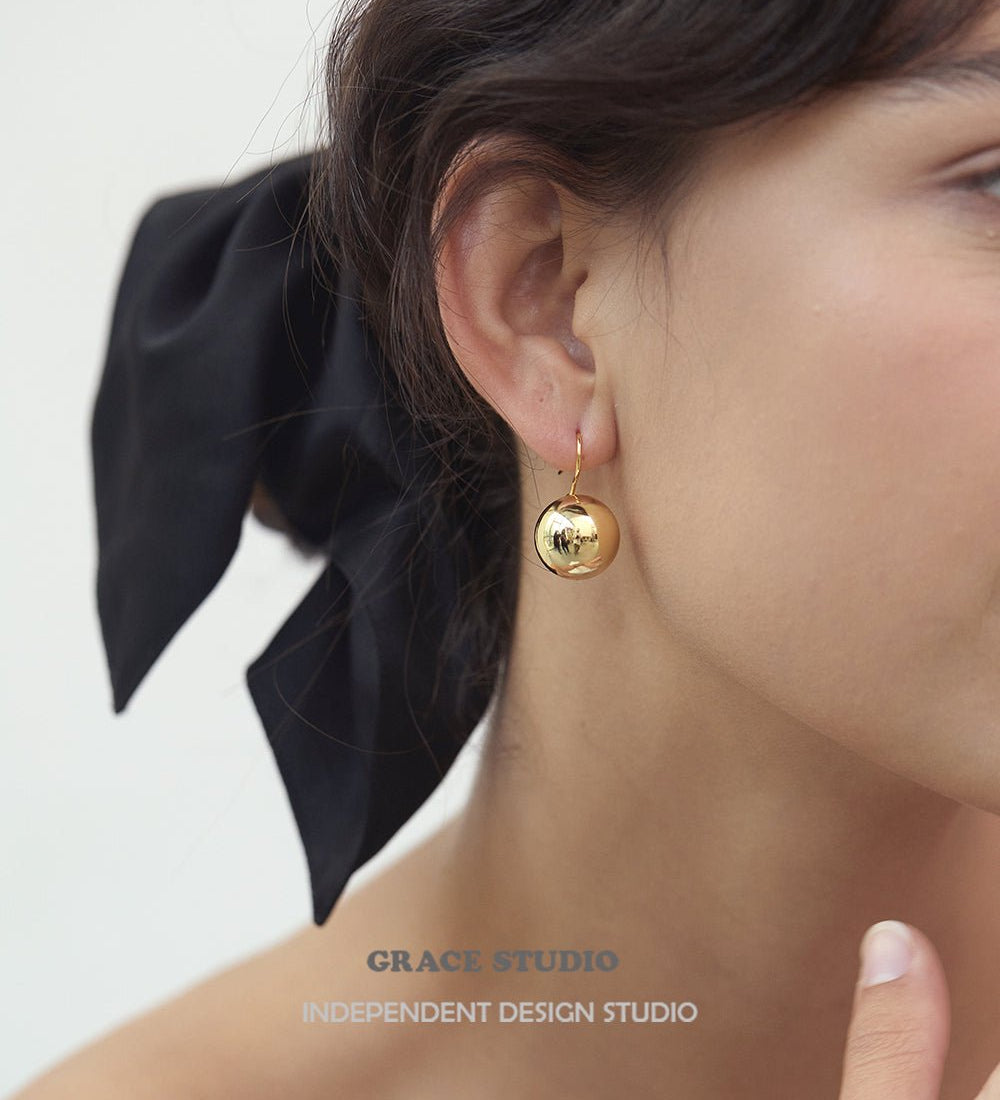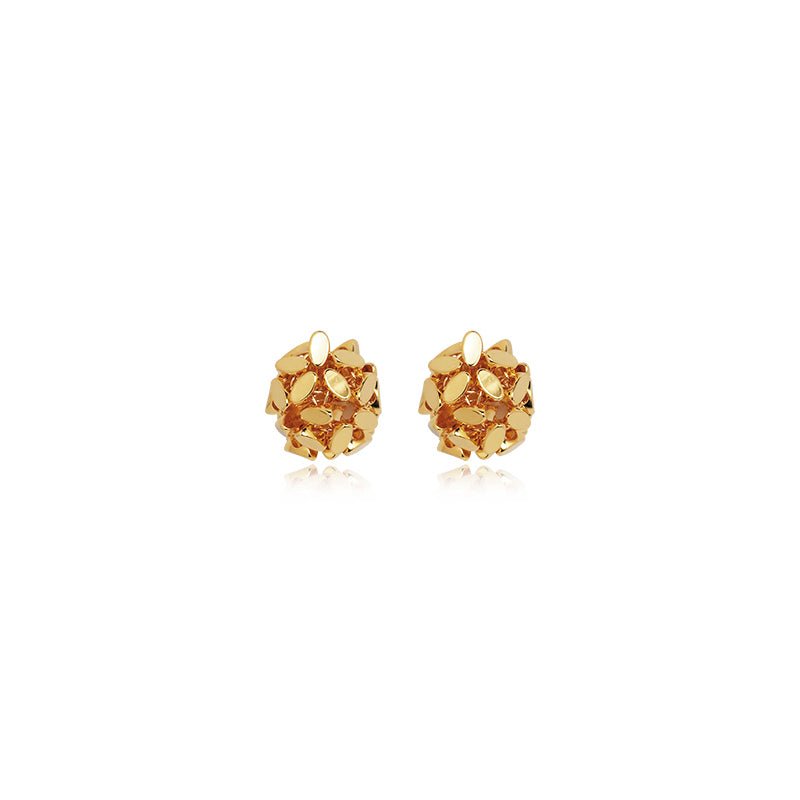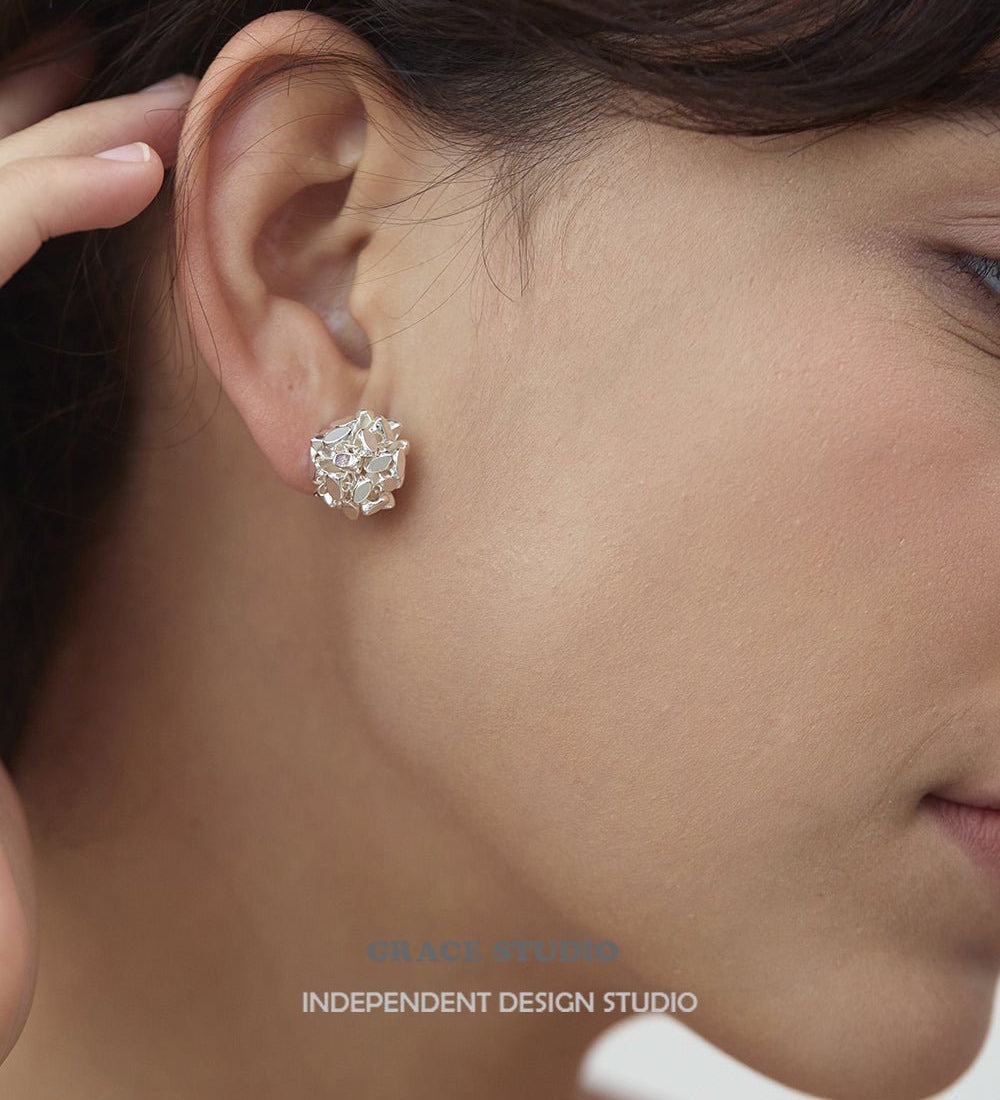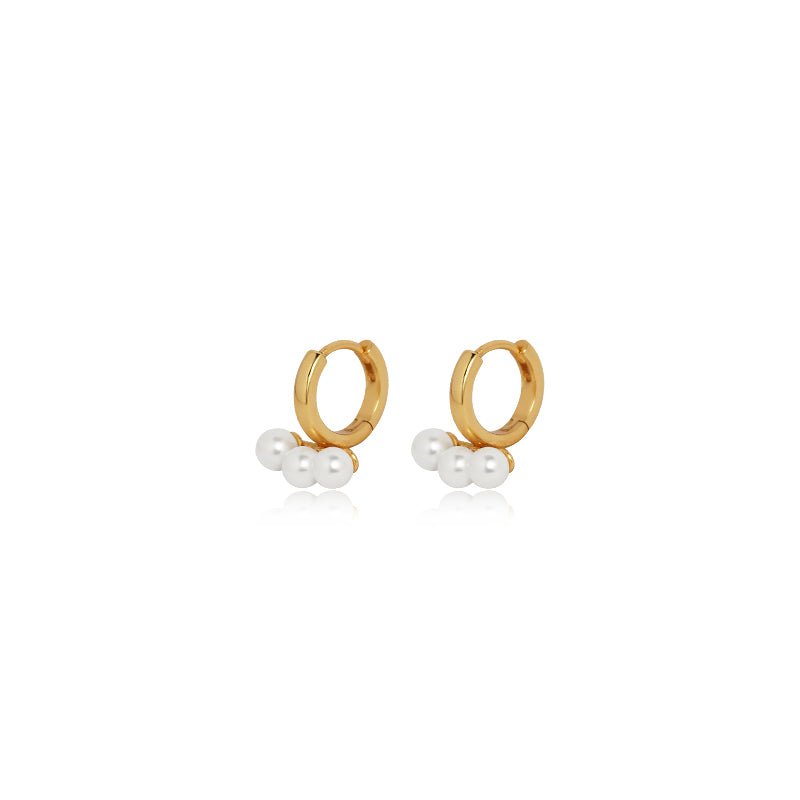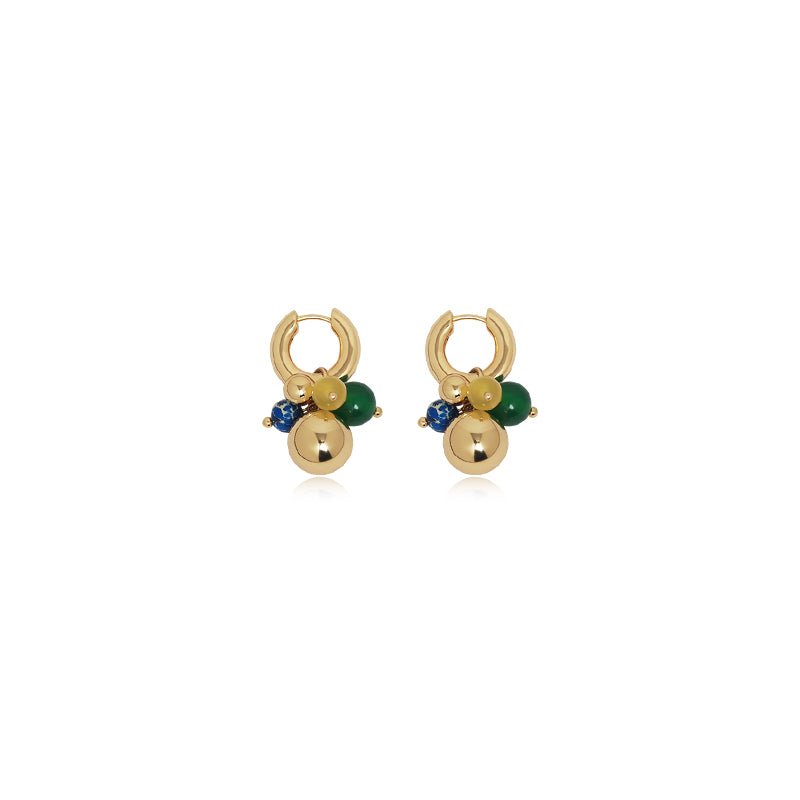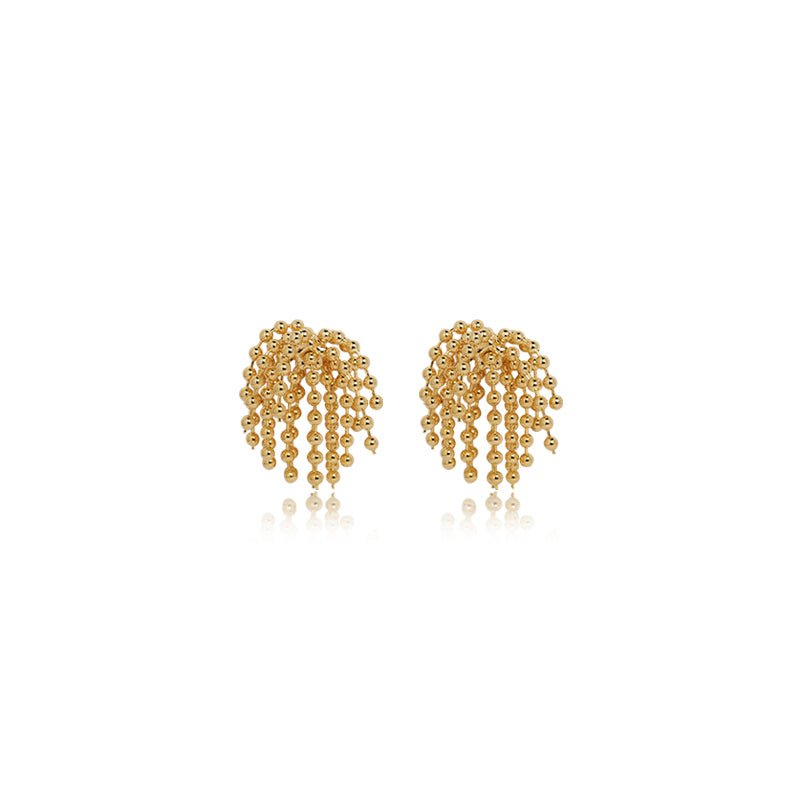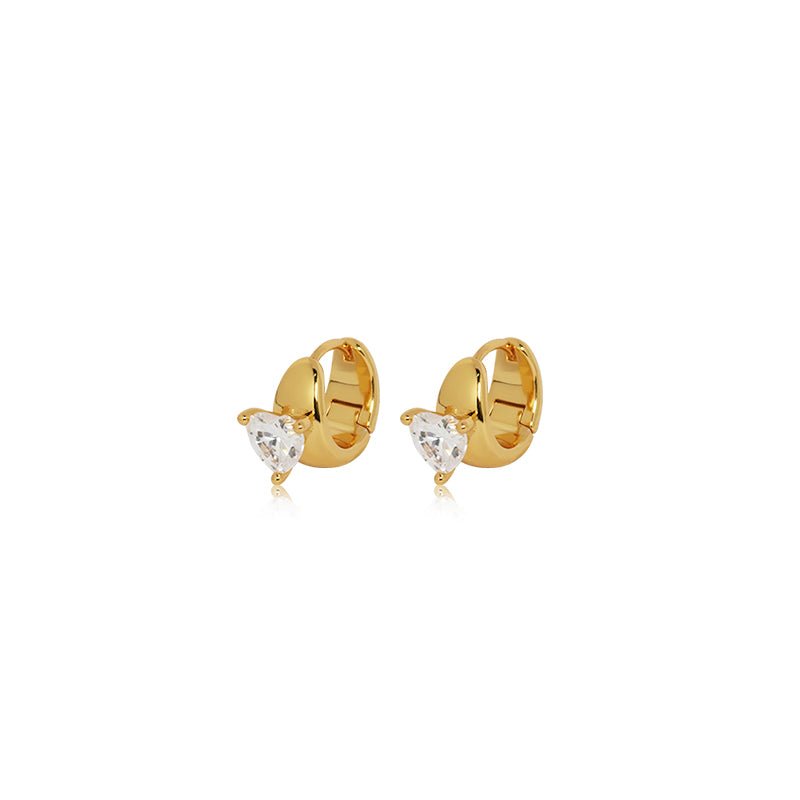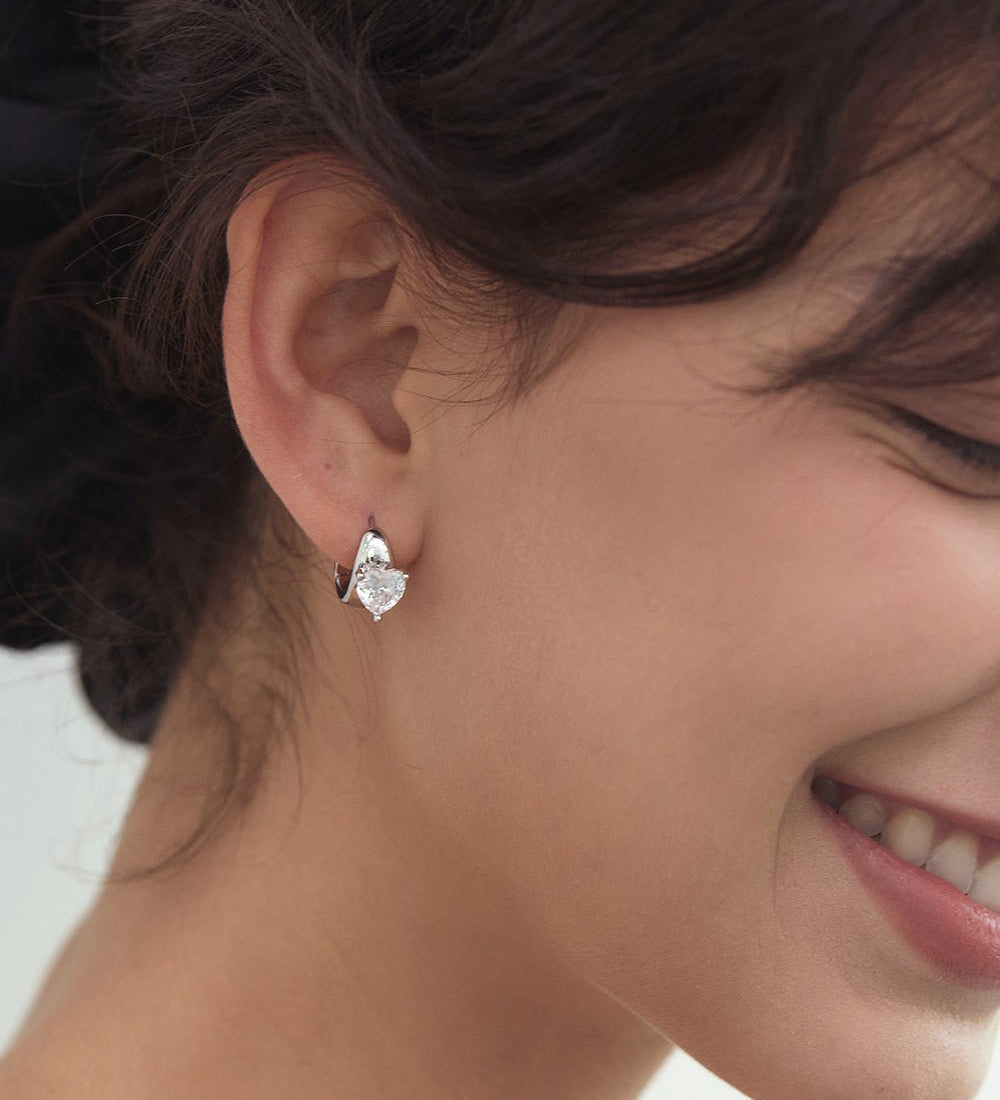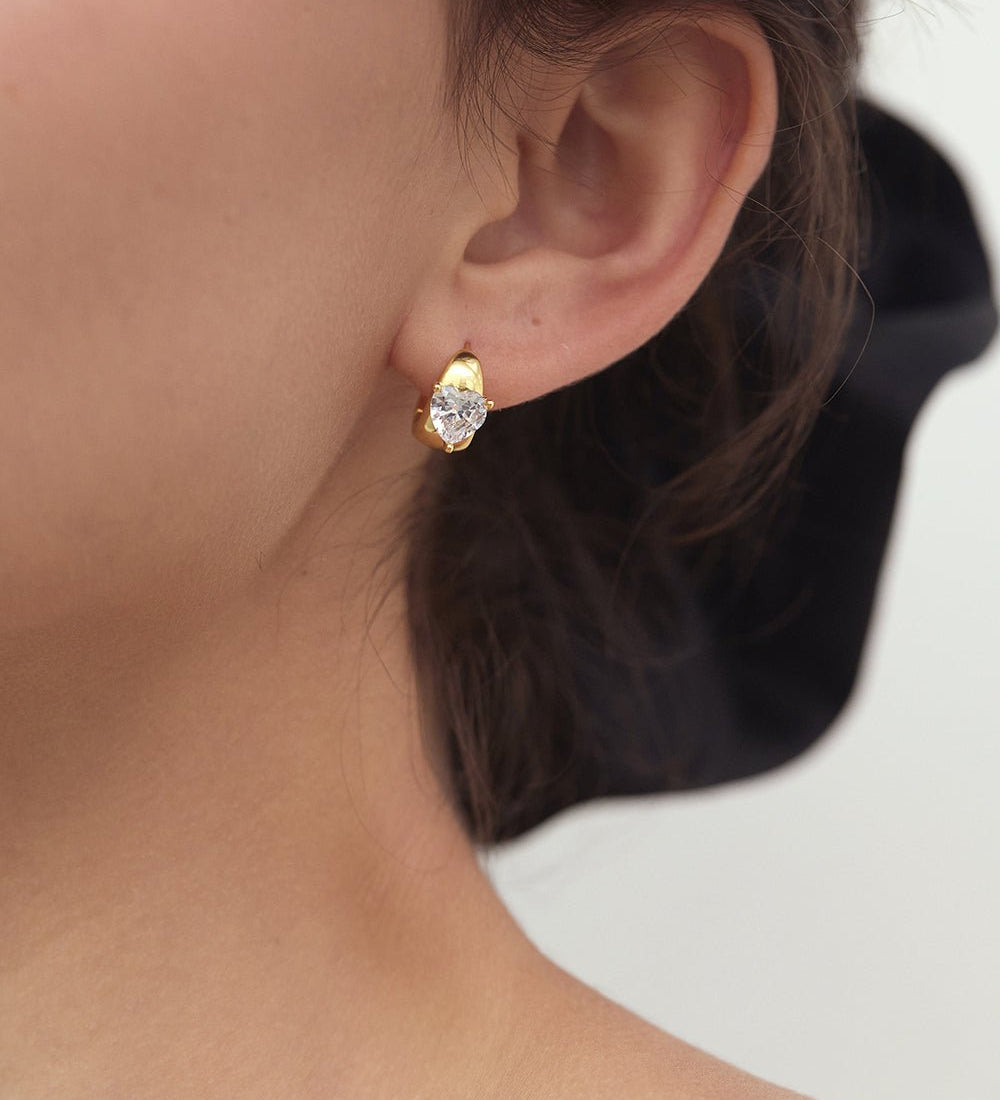Types of Metal Used in Jewelry (Full List)
Jewelry has captivated humanity for millennia, serving as a symbol of status, beauty, and personal expression. From the gleaming gold crowns of ancient kings to the sleek stainless steel rings of today, the metal in a piece of jewelry defines its look, feel, and value. But when you pick up a necklace, ring, or bracelet, how do you know what type of metal it’s made from? The answer isn’t always obvious, and it involves a mix of science, craftsmanship, and sometimes a little detective work.
In this article, we’ll dive into the world of jewelry metals, exploring the most common types, their unique properties, how to identify them, and why it matters to you as a wearer or buyer.
The Big Players: Common Metals in Jewelry
Jewelry metals vary widely, each chosen for its blend of durability, aesthetics, and affordability. Let’s start with the classics and work our way through the modern favorites.
1. Gold: The Timeless Standard
Gold is the rockstar of jewelry metals, synonymous with luxury and permanence. Pure gold is measured as 24 karats (24K), meaning 100% gold, but it’s too soft for most jewelry. Instead, jewelers alloy it with metals like copper, silver, or zinc to create more durable versions: 18K (75% gold), 14K (58.3% gold), or 10K (41.7% gold). The karat stamp, say, “14K” or “18K”, is often your first clue to identifying gold in a piece.
Gold’s appeal lies in its warm, rich hue (yellow, white, or rose, depending on the alloy) and resistance to tarnish. However, its price, tied to global markets, makes it a premium choice. As of April 2025, gold prices hover around $2,600 per ounce, reflecting its enduring value.
2. Silver: Affordable Elegance
Sterling silver, an alloy of 92.5% silver and 7.5% other metals (usually copper), is a go-to for budget-friendly yet beautiful jewelry. Marked with “925” or “Sterling,” it’s easy to spot. Silver shines with a bright, cool tone, but it’s softer than gold and prone to tarnishing when exposed to air or sulfur compounds. A quick polish restores its gleam, making it a favorite for intricate designs like filigree earrings or charm bracelets.
3. Platinum: The Heavyweight Champion
Platinum is the VIP of precious metals, rarer, denser, and more expensive than gold. Typically 95% pure (marked “Plat” or “950”), it’s hypoallergenic and resists wear, making it ideal for engagement rings that need to last a lifetime. Its cool, silvery-white finish doesn’t tarnish, but its heft and cost, around $1,000 per ounce in 2025, mean it’s not for everyone.
4. Palladium: Platinum’s Lighter Cousin
A relative newcomer, palladium belongs to the platinum group metals (PGMs). It’s lighter, cheaper (about $1,200 per ounce), and shares platinum’s hypoallergenic, tarnish-resistant qualities. Often marked “Pd” or “950 Pd,” it’s gaining traction in wedding bands and minimalist designs, offering a bright white sheen at a lower price point.
5. Titanium: The Modern Maverick
Titanium brings a sci-fi vibe to jewelry. Known for its use in aerospace, it’s incredibly strong, lightweight, and corrosion-resistant. Its natural grayish tone (sometimes anodized to colors like blue or black) appeals to those seeking a rugged, industrial look. Marked “Ti” or “Titanium,” it’s hypoallergenic and affordable, though harder to work with, limiting its use to simpler designs.
6. Stainless Steel: The Everyday Hero
Stainless steel, an alloy of iron, chromium, and often nickel, is the workhorse of modern jewelry. It’s durable, rust-resistant, and cheap, think $20 for a decent ring versus hundreds for gold. Marked “SS” or “316L” (a surgical-grade variant), it’s popular for men’s jewelry, watches, and trendy pieces. While not precious, its versatility and low maintenance make it a staple.
7. Base Metals: The Budget Backbones
Copper, brass (copper + zinc), and bronze (copper + tin) fall into the “base metal” category. Often used in costume jewelry, they’re inexpensive but prone to tarnish or verdigris (that green patina). Jewelers frequently plate them with gold or silver to boost appeal, though the plating can wear off over time.
Why Metal Matters
The metal in your jewelry isn’t just about looks, it affects everything from comfort to cost. Precious metals like gold and platinum carry intrinsic value, often making them heirlooms or investments. Durability matters too: a titanium ring survives daily wear better than soft silver. Allergies are another factor, nickel in some alloys (e.g., low-grade stainless steel or white gold) can irritate sensitive skin, while platinum or titanium won’t. Finally, there’s symbolism: gold screams wealth, while steel might say practicality.
How to Identify the Metal in Your Jewelry
So, you’ve got a shiny piece in hand, how do you figure out what it’s made of? Here’s a step-by-step guide:
Check for Markings
Most jewelry bears a hallmark or stamp indicating its metal type. Look inside rings, on clasp undersides, or along chain links. Common stamps include:
- “14K,” “18K” for gold
- “925” for sterling silver
- “Plat” or “950” for platinum
- “SS” for stainless steel
No mark? It might be costume jewelry or an unmarked alloy.
Color and Shine
Yellow or rose tones suggest gold or copper alloys.
- Bright white could be silver, platinum, palladium, or white gold (often rhodium-plated).
- Dull gray might be titanium or stainless steel.
Weight Test
Hold it in your hand. Platinum feels heaviest, followed by gold. Titanium and stainless steel are lighter, while base metals like brass can feel deceptively dense.
Magnet Test
Precious metals (gold, silver, platinum, palladium) aren’t magnetic. If a magnet sticks, you’re likely dealing with steel, iron, or a plated base metal. Note: some stainless steels are non-magnetic, so this isn’t foolproof.
Tarnish Check
Tarnished jewelry (dark or greenish) points to silver or base metals like copper. Gold, platinum, titanium, and stainless steel resist corrosion.
Acid Test (Professional Option)
Jewelers use acid kits to scratch a piece and apply solutions that react differently to metals. Gold stays intact under nitric acid, while base metals fizz or discolor. This is destructive, so it’s best left to pros.
Ask or Research
If it’s a branded piece, check the retailer’s specs. Vintage or inherited items might need an appraiser’s eye, especially if unmarked.
Beyond the Metal: Coatings and Alloys
Jewelry often isn’t pure metal. Gold plating over brass mimics 14K gold at a fraction of the cost, but it wears off with sweat or friction. Vermeil, thick gold over sterling silver, offers a middle ground. White gold is usually rhodium-plated for extra shine, masking its yellowish base. These layers complicate identification, so wear patterns (e.g., fading color) can hint at what’s underneath.
The Science of Shine: Metal Properties
Each metal’s atomic structure dictates its jewelry-worthy traits. Gold’s malleability lets artisans craft delicate filigree, but its softness demands alloys for strength. Platinum’s high melting point (1,768°C) and density (21.45 g/cm³) make it a beast to work with, justifying its price. Titanium’s toughness (Mohs hardness ~6) resists scratches better than silver (~2.5), while stainless steel’s chromium content forms a protective oxide layer against rust.
Cultural and Market Trends
Metal preferences shift with time and place. In India, 22K gold dominates for its purity and investment value. Western markets lean toward platinum or white gold for bridal jewelry, reflecting a sleek, modern aesthetic. Stainless steel and titanium surged in the 21st century as casual, unisex options. In 2025, sustainability drives demand for recycled metals, with brands touting “ethical gold” or lab-grown alternatives.
Practical Tips for Buyers
- Budget: Gold and platinum stretch wallets; silver or steel save cash.
- Lifestyle: Active types might pick titanium over scratch-prone silver.
- Maintenance: Avoid silver if you hate polishing; go stainless for low upkeep.
- Authenticity: Buy from reputable sellers and request certificates for precious metals.
Case Studies: What’s in That Piece?
Imagine a vintage ring with a “750” stamp, it’s 18K gold (750/1000 purity), likely yellow or rose from its hue. A tarnished necklace marked “925” is sterling silver, needing a quick clean. A lightweight, grayish band with “Ti” inside? Titanium, perfect for daily wear. An unmarked, magnetic pendant that’s chipped to reveal brassy undertones? Plated costume jewelry, not worth much beyond sentiment.
Why It’s Worth Knowing
Understanding your jewelry’s metal unlocks its story. Is it a valuable heirloom or a fleeting fashion piece? Can it handle a swim or turn your skin green? Whether you’re buying, selling, or just curious, the metal matters. Next time you admire that bracelet or ring, take a closer look, you might be holding a tiny piece of metallurgy history.

